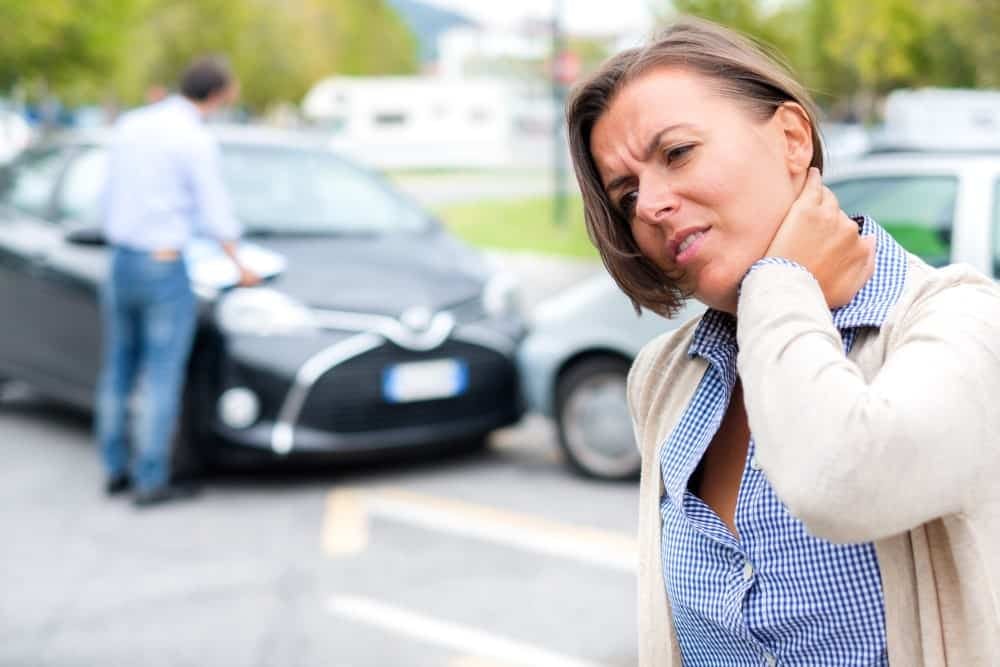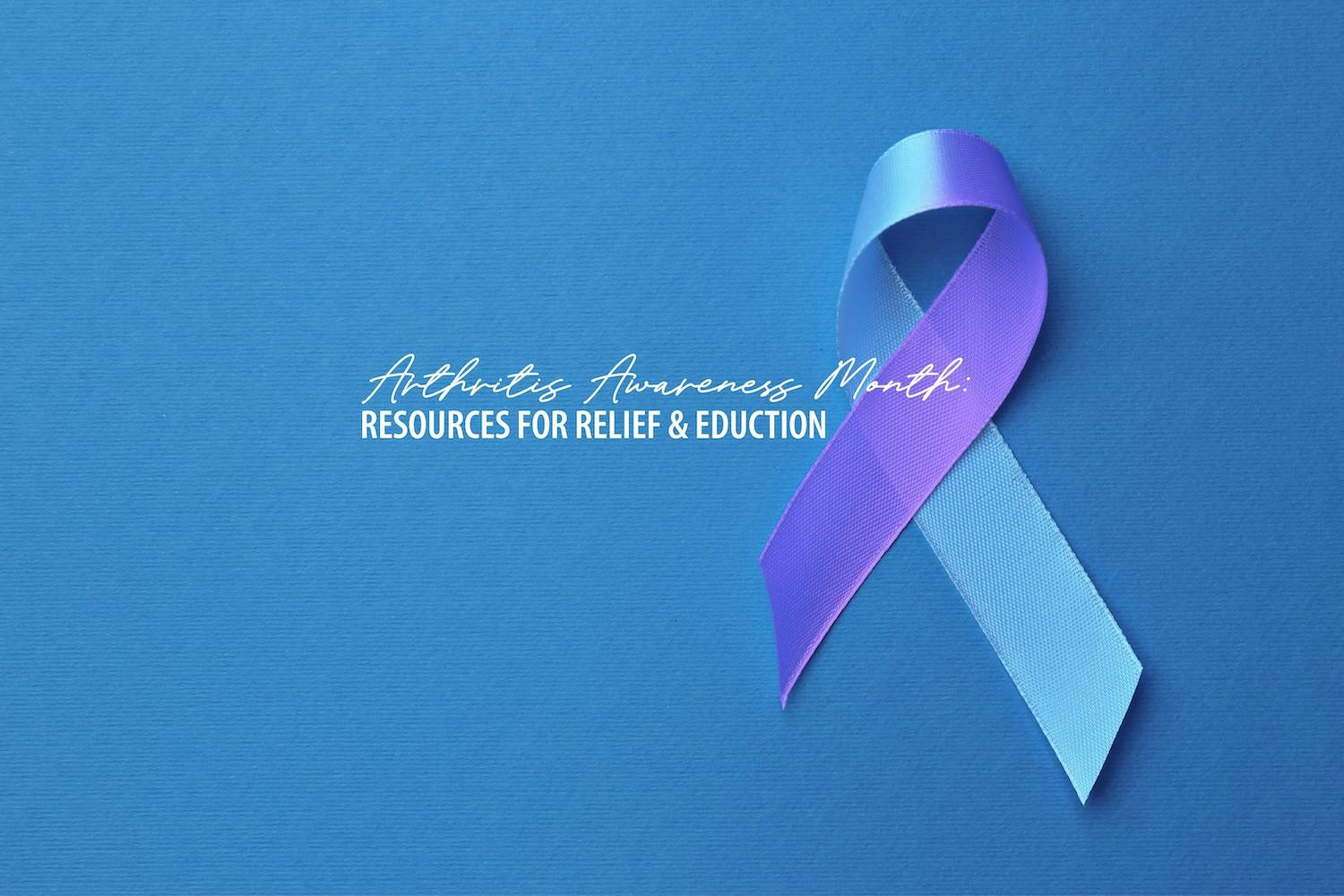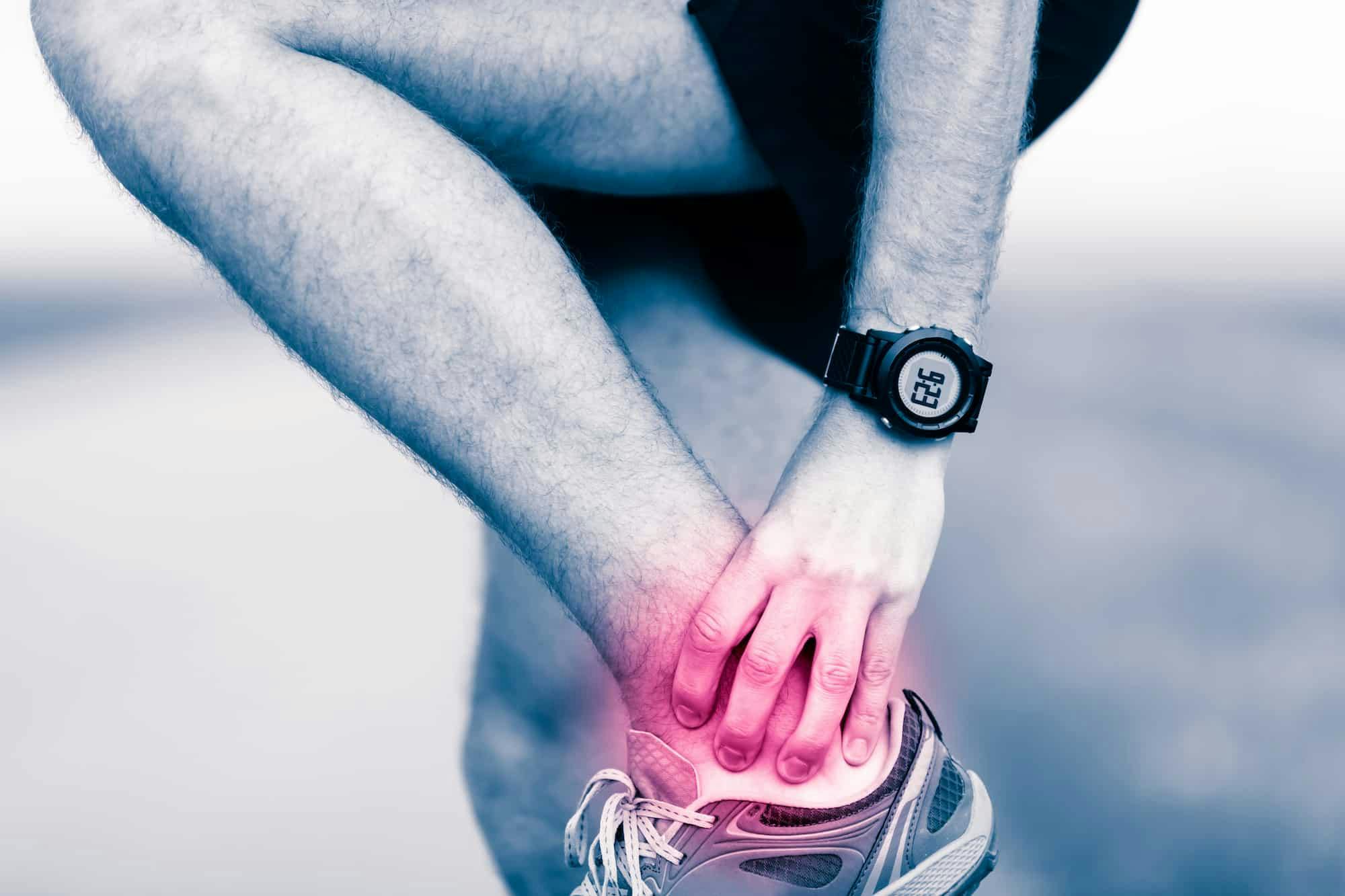- Blog
Orthopaedic Injuries From Accidents
Posted on 12-24-2025 in Personal Injury by Dr. Erik Nilssen

Posted on 12-24-2025 in Personal Injury by Dr. Erik Nilssen
Orthopedic injuries can cause pain that lasts a lifetime. While many people associate orthopedics injuries with old age or contact sports, they are just as often caused by traumatic injuries resulting from car wrecks and on-the-job accidents. Dealing with these injuries often requires an added layer of complexity, because many of these cases ultimately result in personal injury claims against employers, drivers, or insurance companies. If you have been injured as a result of an accident, be it at work or on the road, it is very important for you to seek medical treatment immediately and, if necessary, legal help as well. Based on the specifics of your case, you may be entitled to a settlement, the specifics of which will largely depend on the type of injury you incur and how it ultimately impacts your life moving forward.
Accidents can cause a variety of orthopedic injuries, ranging in severity from mild to life-threatening. While you may seem fine in the immediate aftermath, the surge of adrenaline generated by your body during an accident can actually cover up serious but invisible injuries. These hidden injuries can surface in the days or weeks following an accident, and, if left untreated, they can lead to years of pain and suffering. Therefore, it is very important to seek the appropriate level of medical care immediately following an accident so as to maximize your chances of a quick and complete recovery.
Some of the most common orthopedic injuries we see as the result accidents include:
Fractures
Commonly called a broken bone, fractures can occur in any one of the 206 bones of the adult musculoskeletal system. They are the result of force–crushing, twisting or bending–being applied to a bone beyond that bone’s threshold for resistance. Fractures sometimes require surgery to be “set” back into place and can take months to properly heal. While in recovery, your use of the broken bone–be it an arm, leg or vertebrae–will be drastically limited, reducing your quality of life. Furthermore, if not properly treated, fractures can cause significant issues in the years following an accident and old fractures are very difficult to fix. Therefore, seeking medical treatment immediately following your accident is highly advisable.
Ligament Tears
Ligaments are short bands of fibrous connective tissue that attach our bones to one another. Along with muscles, they are some of the most vital structures holding together the joints of the body. Ligaments can be torn by overuse or traumatic injury and are often injured in accidents, especially the ligaments of the knee and shoulder. A torn ligament will cause pain, swelling, loss of range of motion and weakness in the joint, and will only get worse if left untreated. Treatment for a torn ligament ranges from rest and physical therapy to surgery, so recovery time varies. In any case, a torn ligament has the potential to be very painful and debilitating if not treated properly.
Whiplash
Whiplash is one of the most common injuries people suffer during a car accident. It occurs when the neck is violently snapped backward and then forwards, as often happens during an accident–especially a “fender bender.” This jerking motion causes the muscles and ligaments of the neck to stretch well beyond their normal range of motion, damaging the soft tissue of these structures. Common symptoms include neck pain, headaches, blurry vision, ringing in the ears, and stiffness. It can take days following an accident for these symptoms to arise, however, so it is very important to pay attention to your body following an accident so you can seek medical treatment if needed
Herniated Disc
Spinal discs are small, spongy shock absorbers that sit between the vertebrae of the spine. They can weaken over time or rupture due to injury, causing the jelly-like center to push out and impinge on nerves and/or the spinal cord. Common symptoms of a herniated disc include pain, numbness, and weakness in the arms or legs. They can be treated surgically or non-surgically, depending on the specifics of the injury, but should be taken very seriously as they can be debilitating over time.
Sprains
Sprains occur when a muscle, tendon, or ligament is stretched beyond its normal range of motion, damaging the tissue. This type of injury can occur as the result of a fall, twisting a joint, or sudden impacts. In an accident, sprains most often occur in the wrist, elbow, shoulder, and knee, as these areas are the most likely to absorb strong forces during an accident. While sprains may seem trivial, they can be very painful and limit your range of motion and quality of life. They are usually treated non-surgically, through rest and physical therapy, but in severe cases, some sprains require surgery to repair the damaged soft tissues. One of the most frustrating things about a sprain is that it heals at its own pace, so it can take weeks or even months to fully recover from one.
Understanding what to look for in the immediate aftermath of an accident can help you better respond should you be involved in one. If you have been involved in an accident of any kind, please seek medical treatment immediately as this will help maximize your chances of a complete recovery.

May is Arthritis Awareness Month, an opportunity to increase public understanding of arthritis and its impact on millions of lives. Established by the Arthritis Foundation, this national observance highlights the importance of early diagnosis, effective treatment, and ongoing research to improve the quality of life for those with arthritis.

With summer in full swing and children taking advantage of more time to participate in sports-related or other outdoor activities, it’s essential to be mindful of injury prevention while encouraging their interest in activities that don’t involve screen time!

May is National Arthritis Awareness Month, and of the more than 100 forms of this painful condition, many can affect the ankle. In fact, almost half of people in their 60s and 70s have arthritis of the foot and/or ankle, but not all of them have symptoms.